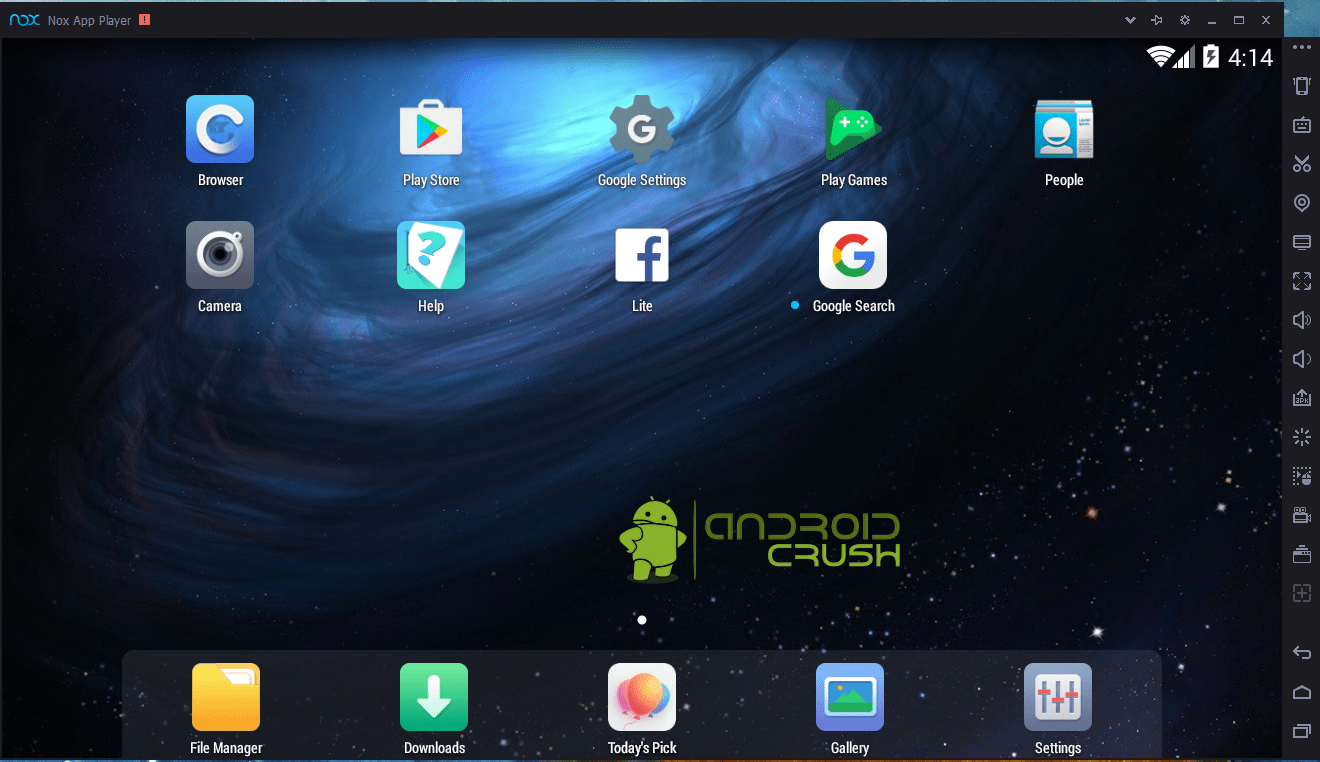

Uses of Neon: In a vacuum tube, neon glows reddish orange, thus, the invention of the neon lights.Sources of Neon: It can be prepared by liquification of air and separated from other elements by fractional distillation.Note: this data represents naturally occuring levels of elements in the typical human, it DOES NOT represent recommended daily allowances. Description: Colorless, odorless, tasteless noble gas.Coefficient of lineal thermal expansion/K -1: N/A.Electronegativity: N/A (Pauling) 4.84 (Allrod Rochow).Valence Electrons: 2s 2p 6 Electron Dot Model.Number of Neutrons (most common/stable nuclide): 10.Number of Electrons (with no charge): 10.Electrons per Energy Level: 2,8 Shell Model.Cross Section (Thermal Neutron Capture) σ a/barns : 0.04.The nucleus is composed of protons and neutrons. The atom consist of a small but massive nucleus surrounded by a cloud of rapidly moving electrons.

Neon is a chemical element with atomic number 10 which means there are 10 protons and 10 electrons in the atomic structure.Sources, facts, uses, scarcity (SRI), podcasts, alchemical symbols, videos and images. Element Neon (Ne), Group 18, Atomic Number 10, p-block, Mass 20.180.Atomic Number: 10 Group: 18 Period: 2 Series: Noble Gasses. Nuclides / Isotopes Potential Parent Nuclides. Overview of Neon Neon's Name in Other Languages Atomic Structure of Neon Chemical Properties of Neon Physical Properties of Neon Regulatory / Health Who/When/Where/How.Neon is an inert gas which is unreactive, has a noble gas configuration of. Neon (Ne) is the Group 8A chemical element that has atomic number 10 and mass 20.1797. It has the chemical symbol of Ne, an atomic number of ten, and is used in neon lamps. Neon, a noble gas, was discovered in 1898 by William Ramsay and Morris Travers.


 0 kommentar(er)
0 kommentar(er)
